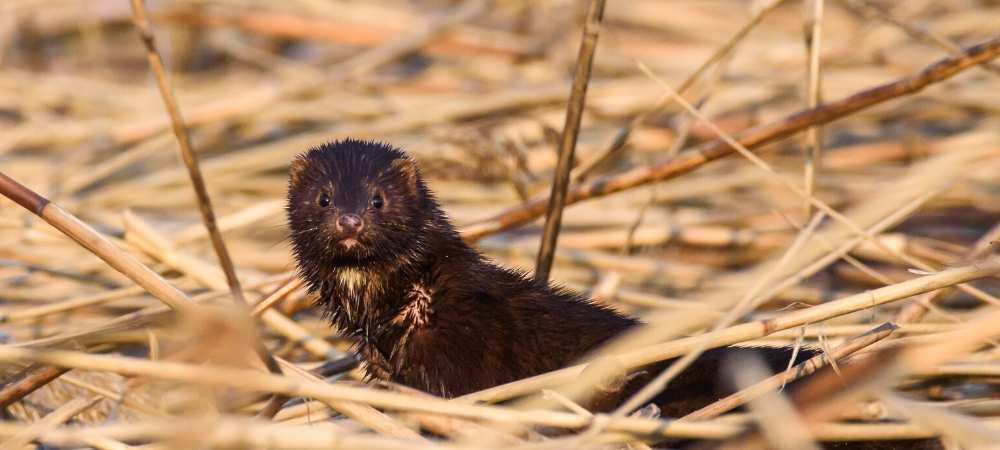What You Should Know About COVID-19 at Dutch Mink Farm


Coronavirus Infection at a Mink Farm
Dutch officials believe a mink may have infected a human with the coronavirus at a mink farm, in what would be the first ever case of a coronavirus animal-to-human transmission. The investigation centers on a worker at a fur farm in the Netherlands who contracted a strain of COVID-19 that was similar to that found in an animal on the premises. Even so, officials emphasize that there’s very little risk to the general public since air and dust samples outside the mink pens did not contain any virus.
So how did this happen?
There are several possible explanations for this. Authorities are looking at how feral farm cats may have spread the virus between the two infected farms where three cats on one of the farms were found to have the virus. According to a recent study, cats are (in some settings) capable of infecting each other. We will note, however, that this test was conducted in a research setting that exposed cats to viral loads higher than those found in real-world settings so more research is necessary.
It’s also important to note that fur farms, much like wet markets, are notorious breeding grounds for infectious diseases so finding it at a mink farm is not a surprise. These settings often confine thousands of wild animals in unsanitary, crowded and stressful conditions. As we see more cases of coronavirus emerging from these types of operations, it raises a serious concern that the way in which we treat animals can have harmful implications on human health as well.
Takeaway:
Although there have been a handful of cases of animals becoming infected with the novel coronavirus, (including tigers and domestic cats and now mink), the risk of pet-to-human transmission appears to be very low but we can’t confidently say it’s zero. The Centers for Disease Control and Prevention continues to advise that people practice good hygiene. Treat pets as they would other human family members, and don’t let them interact with people or animals outside the household. It also recommended that if someone in the family develops symptoms, they should also be isolated from pets.
For more information on keeping you and your pets safe visit Understanding the New CDC Guidelines on Pets and Coronavirus.



